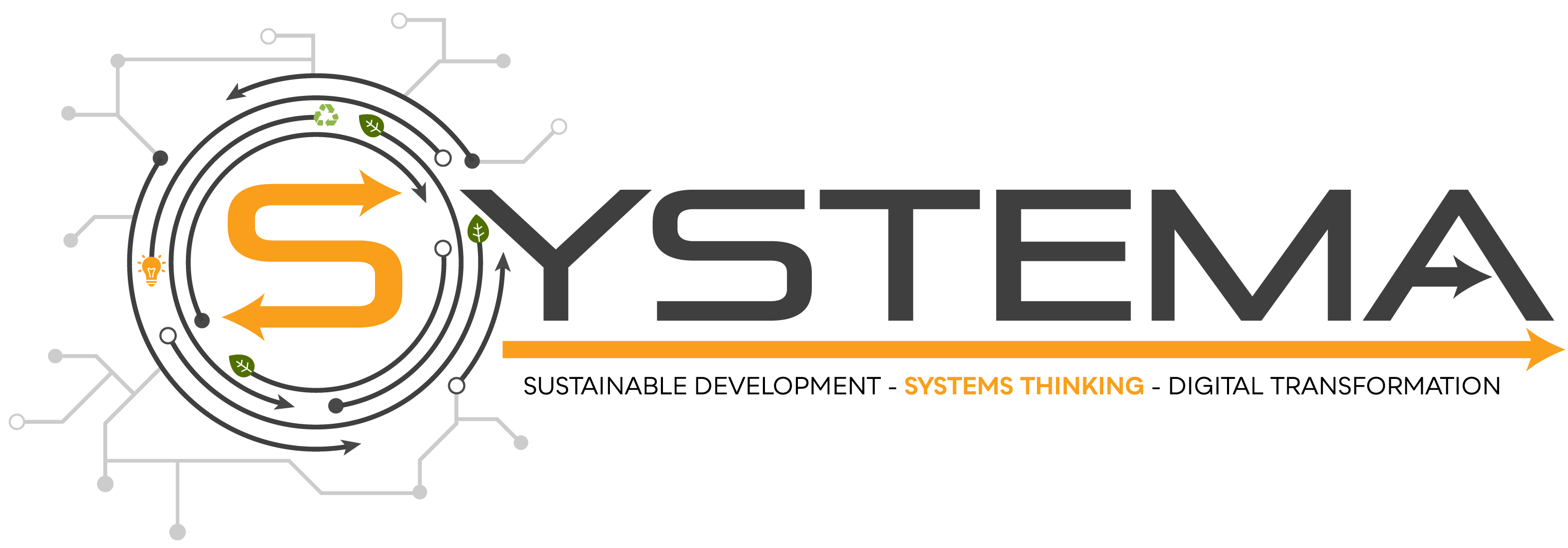The concept of
sustainability and its dimensions
The term “sustainability” is definitely a buzzword and is currently used in many different contexts and domains of analysis. However, the journey towards the modern concept of sustainability is quite a long one, entailing several changes, additions, and modifications to its original meaning.
The field of sustainability and its core concepts are traditionally related to the well-known 1987 report “Our Common Future” drafted by the European Commission. That report, also named Brundtland Report, defined sustainable development as the “development that meets the needs of the present without compromising the ability of future generations to meet their own needs”.
Therefore, it provided a rather broad definition concerned not only with the environmental side of our decisions and actions but also with the Society as a whole. From that definition onward, many steps have been taken more specifically in the field of “sustainability” thereby allowing us to identify and analyze all the dimensions related to this concept, i.e., the environmental, the economic, and the social ones (see figure 1). Recently, the environmental dimension is considered as the ground for the others, with limits and possible points of no return (see https://en.wikipedia.org/wiki/Planetary_boundaries).

Figure 1: The three dimensions of “sustainability” and “sustainable development” and the more recent interpretation of the three dimensions
Notably, the concept of sustainability currently in use also entails the consideration of various agents involved in the decision-making process, at different levels (e.g., regulators, politicians, academics, practitioners, etc.). Nowadays, it is clear and commonly accepted not only that dealing with sustainability entails analyzing complex domains structured into multiple and interrelated dimensions, but also that within the web of connections among those dimensions, human agents play a pivotal role in making decisions and taking action, thereby governing and influencing our world and its resources.
A couple of quick examples
Clear examples that can be provided are those related to the identification of 17 interrelated Sustainable Development Goals (SDGs) promoted by the United Nations and become a core part of the UN2030 Agenda (Figure 2), or the scenario created by the COVID-19 pandemic that has been affecting our world over the last 1 year and a half, clearly impacting on all the dimensions of sustainability, i.e., in environmental, economic, and social terms.
Another well-known context where the interplays between the economic, the environmental, and the social domains are in full display is the one related to the so-called Climate Change.
In all these contexts and in order to face complex and messy problems, the ability to understand how our policies and actions will impact (positively and/or negatively) our systems is fundamental to correctly consider and apply the concept of sustainability, and to preserve our world for future generations. Failing in doing that will definitely put all the above-mentioned dimensions, and the world as a whole, in danger.

Figure 2: The 17 Sustainable Development Goals (SDGs)
What could we do?
To reach this goal, we need to face a few challenges.
First of all, a shift from a linear approach (also named “even-oriented thinking”) to a loop-oriented approach where the concept of feedback is predominant seems to be fundamental (see Figure 3).

Figure 3: The shift from a linear approach to a loop-oriented approach.
In detail, decision-makers will be required to develop their ability to look beyond simple events to search for causes and explanations. In the end, the performance and the behavior of our systems are generated by underlining problems that will need to be investigated.
Hence, the adoption of a systemic approach to policy-making is not just an option that could be overlooked, rather a must-adopt opportunity that will be key to operate in the modern world.
Systems Thinking and System Dynamics
Over the last decades, Systems Thinking and System Dynamics have proved to be methodologies effective in tackling and analyzing complex issues and domains in a number of different fields, with the field of sustainability being one of the most relevant.
A wide body of literature in the domain of Systems Thinking and System Dynamics definitely witness the breadth of application, and the potentials of these methodologies and the tools they provide (e.g., causal loop diagrams, stock and flow diagrams, simulation models, and interactive learning environments) for the inspection and analysis of sustainability-related contexts (see Figure 4).

Figure 4: Simple examples of a causal loop diagram and a stock and flow diagram.
The fundamental idea underlying these methodologies is that the observed behaviour of a system is generated by the structure of that system. Analysing and representing the structure of the system is therefore the key to make sense of what we experience and observe daily in our life and world.
More specifically, Systems Thinking and System Dynamics can effectively support decision-makers in understanding the structure and the dynamic behaviour of systems characterised by:
Potentials and benefits of applying Systems Thinking and System Dynamics to the field of sustainability
With this in mind, Systems Thinking (a more qualitative approach), on one hand, and System Dynamics (a more quantitative approach), on the other hand, can contribute to:
- the investigation and representation of the systemic structures (in terms of the variables – stocks, inflows/outflows and auxiliaries - and their cause-and-effect relationships) characterising a specific domain;
- the identification of the feedback loops (and their typology, i.e., if positive or negative feedback loops) generated by the hierarchy of causal relationships among the variables aforementioned;
- the understanding of the dynamics that could be associated with those systems, through the use of the so-called “system archetypes”;
- the exploration of the short-, medium- and long-term effects of our decisions and policies, through the dynamics generated by the simulation models;
- the understanding of which side-effects (also named unintended consequences) could stem from our decisions and policies;
- the gaining of policy insights, fundamental to increase our awareness about how sustainability management work in practice, and to foster our learning in and about complex issues that are related to all the various dimensions of sustainability (i.e., the environmental, the economic, and the social ones).
In brief
Analysing and representing how systems are structured and exploring possible trajectories of future dynamics is key to manage our resources and domains in a sustainable way, ensuring that all the various relevant environmental, economic, and social dimensions and their relationships will be taken into consideration properly and managed over time rationally and responsibly.

